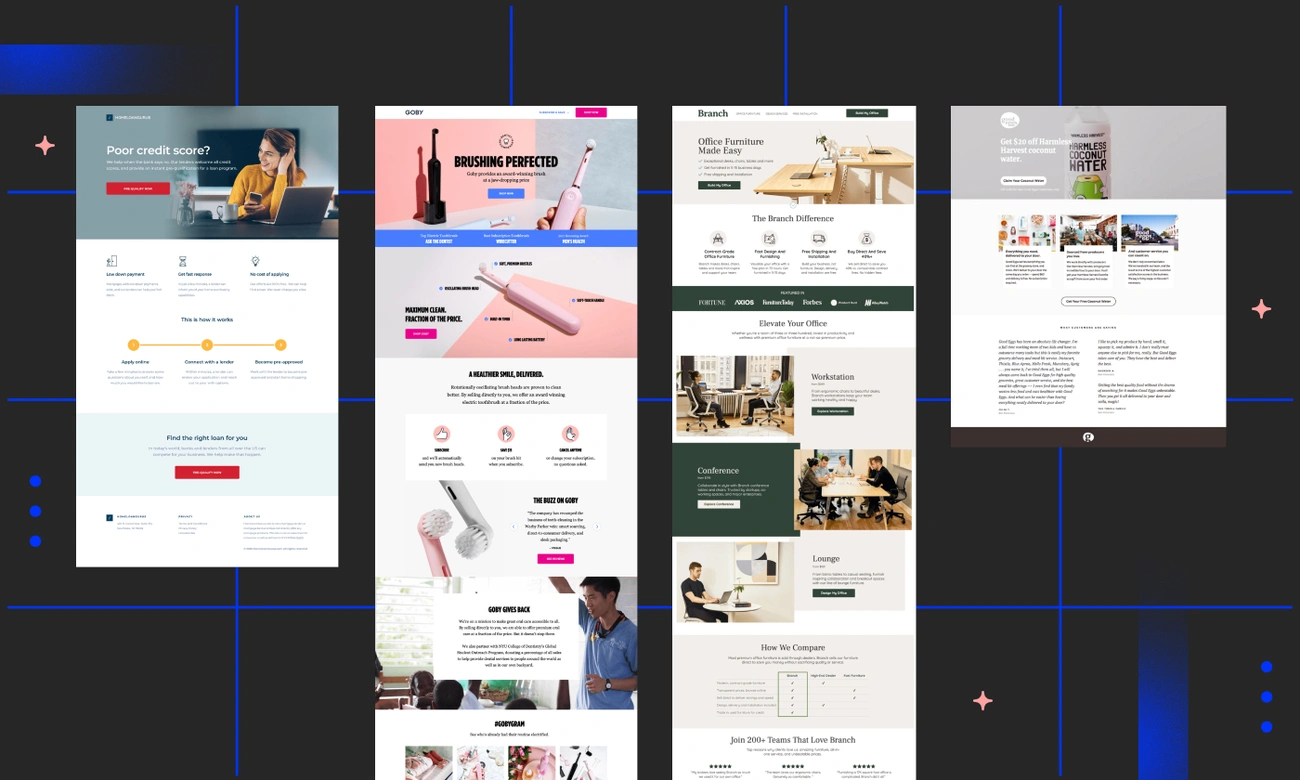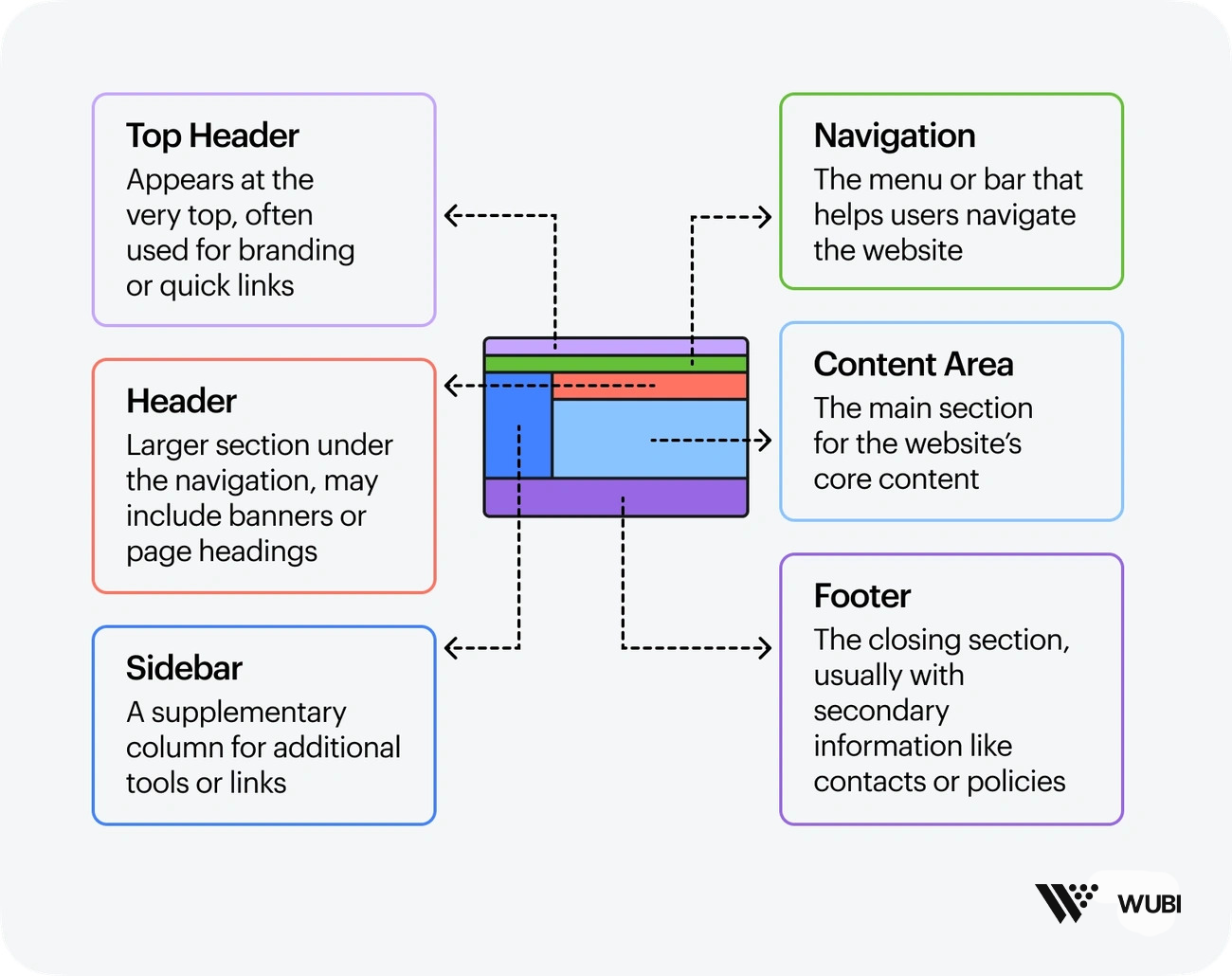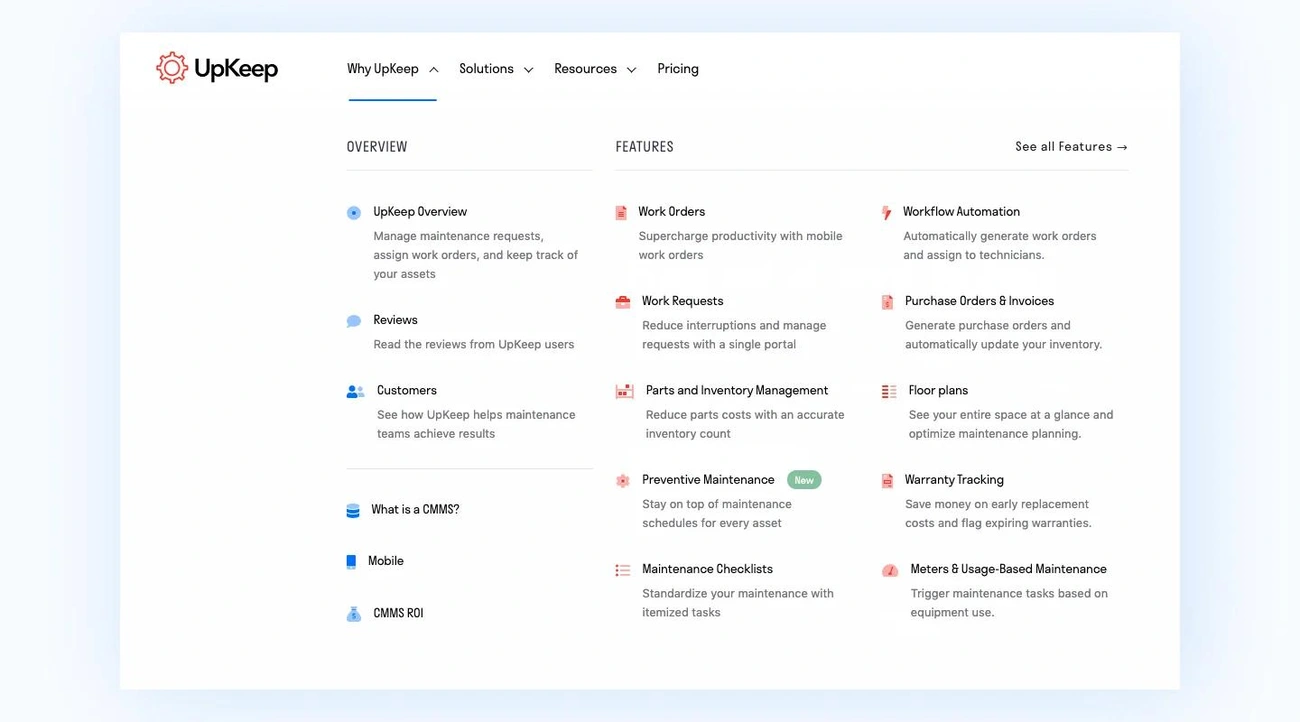First impressions website visitors form happen astonishingly fast — in just 0.05 seconds . This microscopic moment determines whether users stay or bounce from a page, making those initial milliseconds crucial for any digital presence.
In fact, most websites experience a 30-60% bounce rate , demonstrating how quickly visitors make judgment calls. Additionally, research shows that it takes merely 2.6 seconds for eyes to settle on key areas of a web page , and first impressions are 94% design related . Furthermore, 46.1% of consumers assess website credibility based partly on visual design elements, including layout, typography, and color schemes .
Creating great first impressions online isn’t just about esthetics — it’s about establishing trust and demonstrating value immediately. Organizations that understand this principle can achieve remarkable results, as evidenced by entities like the American Cancer Society, which has not only invested $5 billion in research but also served more than 3.2 million patients in the last decade .
This comprehensive guide explores the science behind first impressions on websites, revealing practical strategies to transform your homepage into a powerful tool that captivates visitors and converts them into loyal customers.

Why first impressions matter for websites
The science of first impressions extends powerfully into the digital realm, where websites face even stricter judgment than humans in face-to-face encounters.
How quickly is a first impression made?
Research reveals that website visitors form judgments in a mere 50 milliseconds—faster than a single blink of your eye. Consequently, this split-second evaluation shapes how users perceive everything else about your brand moving forward. Google’s own research confirmed this timing, with some impressions developing in as little as 17 milliseconds.
This rapid assessment significantly impacts user behavior. Studies show that positive first impressions lead to longer page visits, while negative ones result in immediate abandonment—typically before users even explore beyond the homepage. Most compelling, it takes just 2.6 seconds for a visitor’s eyes to focus on the areas that most influence their impression, including logos, navigation menus, and main images.
Why homepage design is your digital handshake
Your website homepage serves as your brand’s digital handshake—a virtual introduction that communicates credibility, professionalism, and values. Much like walking into a physical store, visitors instantly judge your digital space. As one expert notes, “Imagine walking into a shop with cluttered aisles, dim lighting, and no clear signs. You’d likely turn on your heel and walk right out”.
The homepage essentially functions as your company’s front desk, requiring clarity and purpose from the moment visitors arrive. Since 75% of consumers judge a business’s credibility based solely on website design, this digital first impression carries enormous weight.
The psychology behind snap judgments online
Humans are naturally wired to make instantaneous assessments. Princeton University researchers discovered this tendency extends beyond websites—students could predict Congressional election winners with nearly 70% accuracy just by glancing at candidates’ photographs.
Online, these judgments primarily stem from visual elements:
First impressions are 94% design-related, not content-focused
Visual appeal and navigation have the greatest influence on initial perceptions
Once formed, these impressions are remarkably difficult to change
These rapid evaluations create what psychologists call the “halo effect”—if visitors like your website’s appearance, they’ll view your brand, content, and suggestions more positively overall. Moreover, this effect extends beyond esthetics to functionality, with 38% of users stopping engagement if a layout seems unattractive.
Understanding this psychology provides the foundation for creating websites that instantly connect with visitors, establishing trust before a single word is read.
Key homepage elements that shape first impressions
The foundation of your digital presence rests upon several key homepage elements that collectively create those critical first impressions.

1. Visual design and layout
A homepage’s visual structure immediately signals your brand’s professionalism. Research shows that 38% of visitors will abandon a site if the layout appears unattractive. Clean design with strategic use of negative space allows key elements to stand out rather than competing for attention. Notably, websites with low visual complexity and familiar designs are perceived as highly appealing. For optimal impact, design your homepage on a grid system that ensures visual balance and proper alignment. Remember that visual appeal even surpasses usability in forming those crucial first impressions.
2. Use of authentic images and videos
People remember 80% of what they see compared to just 20% of what they read. Therefore, authentic visuals that specifically relate to your brand are substantially more effective than generic stock photos. The hero image—displayed in the upper section of your homepage—provides visitors’ first visual impression and helps build immediate trust [8]. For products, showing them in action rather than static displays tells a compelling story. Meanwhile, video content packs more information into an engaging format that keeps visitors on your site longer.
3. Typography and color choices
Colors evoke specific emotional responses—blue conveys trust and dependability, whereas red generates excitement and energy. Importantly, brands consistently using the same colors across marketing materials experience up to 80% improved brand recognition. For typography, limit yourself to two visually compatible yet distinguishable font styles. Serif fonts convey tradition and elegance, whereas sans-serif options create a modern, minimalist fee.
4. Above-the-fold content strategy
The area visible without scrolling—known as “above the fold”—receives 57% of viewing time on websites. Accordingly, position critical elements high enough to remain visible regardless of device size. This prime real estate should include your value proposition through a descriptive tagline and compelling visuals. Studies reveal visitors take approximately 2.6 seconds to focus on key elements, especially logos, navigation menus, and main images.
Building trust and credibility from the start
Trust serves as the cornerstone of any successful website, establishing credibility with visitors beyond mere visual appeal. A website that builds trust effectively can transform casual browsers into loyal customers.
1. Displaying testimonials and reviews
Testimonials provide powerful social proof, with 72% of consumers reporting that positive reviews increase their trust in a business. Strategic placement matters—testimonials work best when positioned alongside product details or features they support. Formats vary from short quotes to video testimonials, with the latter proving particularly effective for B2B companies making high-consideration decisions. Including customer photos, names, job titles, and company logos alongside testimonials substantially increases their impact.
2. Showcasing awards and partnerships
Third-party validation through awards, certifications, and affiliations demonstrates that a business meets high standards for quality and compliance. Indeed, award-winning small companies experienced a 63% increase in operating income compared to non-winners. Displaying these credentials creates a “badge of credibility” that visitors instantly recognize. For maximum effectiveness, ensure these elements are similarly sized, properly spaced, and visually cohesive.
3. Highlighting real-world impact and data
Concrete results speak volumes about credibility. Sharing specific statistics that demonstrate impact—such as revenue growth, time saved, or user adoption rates—makes it easier for potential customers to trust that you’ll deliver similar results for them. For instance, one platform reported that 77% of learners experienced career benefits after using their services.
4. Clear contact and support options
Visible contact information signals that your organization values customer communication. At minimum, include phone numbers, physical address, email address, and hours of operation. Multiple contact options demonstrate commitment to customer service—91% of learners in developing economies reported benefits when support was easily accessible. Importantly, displaying a phone number shows that your organization cares about users and wants to be available.
Guiding users with clarity and purpose
Beyond esthetics and credibility elements, successful websites actively guide visitors toward key actions through intuitive design patterns.

1. Easy-to-use navigation menus
Well-designed navigation serves as a roadmap, showing users both where they are and how to reach other destinations. Easy navigation is considered one of the most useful website elements. Effective menus should be immediately visible on larger screens, not hidden behind hamburger icons. Place navigation in expected locations—headers for websites and left side for applications—with link colors that clearly contrast against backgrounds. Consistency across all pages helps users know what to expect, ultimately reducing confusion.
2. Prominent and relevant CTAs
Effective calls-to-action create intentional paths for visitors after they’ve consumed your content. Make CTAs visible through strategic placement, eye-catching colors, and appropriate sizing. Personalized CTAs convert significantly better than generic ones. Instead of overwhelming visitors with options, focus on a single, compelling action. Place CTAs in multiple sections, as users scroll at different speeds and depths.
3. Search functionality and quick access tools
Approximately 30% of visitors utilize site search when available, with search users significantly more likely to convert than browsers. Good search functionality handles common misspellings, recognizes synonyms, and includes auto-complete features to aid query formulation. Sites with optimized search experience report higher conversion rates than those without.
Conclusion
First impressions ultimately determine whether visitors become loyal customers or bounce away forever. A website homepage functions as the digital storefront where judgments happen faster than a single blink—within 50 milliseconds. Therefore, businesses must prioritize every visual element on their homepages while recognizing that design carries 94% of that initial judgment.
Successful websites balance several critical components. Visual design creates immediate impact through clean layouts and strategic negative space. Authentic images outperform generic stock photos, helping visitors remember 80% of what they see versus just 20% of what they read. Color choices evoke specific emotions, while typography establishes brand personality. The above-fold content deserves special attention since it receives 57% of viewing time.
Beyond esthetics, trust elements transform casual browsers into customers. Testimonials work exceptionally well when positioned strategically, especially when accompanied by real customer details. Awards and partnerships provide third-party validation, while concrete impact data demonstrates real-world effectiveness. Additionally, clear contact options signal customer commitment, with phone numbers specifically showing availability and transparency.
User guidance completes the impression equation. Easy navigation ranks as the most useful website element according to 94% of users. Strategic CTAs create intentional pathways, with personalized options converting 202% better than generic ones. Search functionality proves particularly valuable, making search users three times more likely to convert than browsers.
Although websites face stricter judgment than humans in face-to-face encounters, this challenge presents remarkable opportunities. Companies that master these homepage secrets gain competitive advantage through lower bounce rates and higher conversions. The digital landscape certainly evolves rapidly, yet the psychology behind first impressions remains constant. Websites that acknowledge these fundamentals will continue winning customer trust while those ignoring these principles risk losing visitors before a single word gets read.
Key Takeaways
Website visitors form first impressions in just 50 milliseconds, making your homepage design the most critical factor in determining whether users stay or leave immediately.
• First impressions happen lightning-fast: Users judge your website in 0.05 seconds, with 94% of these judgments based purely on visual design elements.
• Above-the-fold content is prime real estate: The visible area without scrolling receives 57% of viewing time, so place your value proposition and key elements here.
• Trust signals drive conversions: Display testimonials, awards, and concrete data prominently—testimonials with customer details and personalized CTAs convert 202% better than generic ones.
• Clean navigation is non-negotiable: 94% of users consider easy navigation the most useful website element, so keep menus visible and consistent across all pages.
• Authentic visuals outperform stock photos: People remember 80% of what they see versus 20% of what they read, making genuine brand-related images essential for engagement.
Remember, your homepage serves as your digital handshake—it’s often the only chance you get to make that crucial first impression that determines whether visitors become customers or competitors’ prospects.

